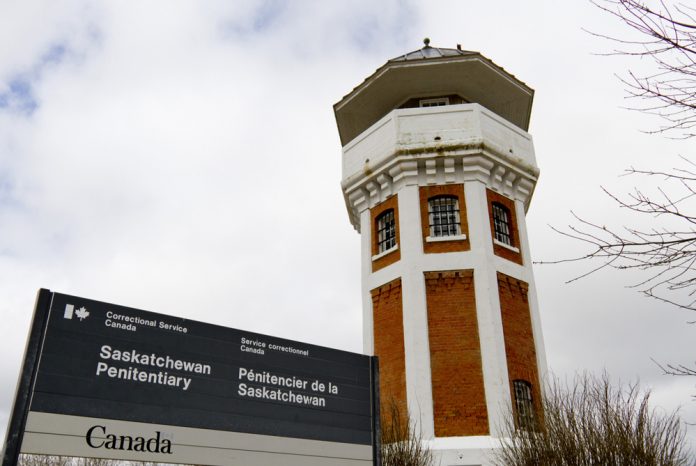Canada’s prisons don’t have a reliable conflict resolution process, the nation’s Correctional Investigator has found.
The finding was included in the Office of the Correctional Investigator’s annual report, released earlier this week.
In the report, Correctional Investigator of Canada Ivan Zinger found efforts taken to streamline the process had actually made it more cumbersome.
He said several cases which should have been handled at the local level were instead being forwarded to the national office, where wait times are increased, leaving frustrated inmates to stew in uncertainty.
“Routine and straightforward issues at the institutional level should be properly dealt with at the source, not routinely escalated to my office,” Zinger wrote.
“As I see it, the real key to improvement is better and timelier offender complaint and issue management.”
He cited a budget reduction as the issue. The previous conservative government, in an effort to save money and streamline the system, had removed the regional level designed to handle internal complaints. But instead of streamlining the process, it meant more grievances were sent to the national level.
“The time required has led to egregious delays and mounting backlogs,” Zinger wrote.
In response, the federal government issued temporary funding of $900,000 and $1,5 million to process the increased number of grievances. Correctional Services Canada (CSC) also suspended an alternative dispute resolution pilot to redirect the money to dealing with the national cases.
Zinger found the effort to deal with the influx in national cases “misdirected and unsustainable.”
Instead, he said, the process should be front-loaded, giving managers and means and capacity to resolve matters expeditiously at the source as they arise. Accountability , he said, usually rests at the site level.
“I simply fail to see the justification or rationale behind these decisions,” Zinger said.
“Pumping more resources into trying to salvage a broken and dysfunctional system seems poorly conceived and wasteful.”
Escalating tensions and growing complaints about food were one of the factors in last year’s deadly Saskatchewan Penitentiary riot. Zinger’s office still receives several complaints from the site. In fact, while it is one of the largest institutions in the country, Sask. Pen. was also the site of the highest number of complaints. The population of 676 people had 400 complaints, Zinger’s report said.
It wasn’t clear what the time frame of the complaints was. However, that number is the greatest of any federal institution.
CSC was lukewarm to Zinger’s suggestion that alternative dispute resolution projects be reinstated.
“It has become imperative that the backlog and complexity of offender grievances at the national level be addressed on a priority basis,” CSC wrote.
The agency did say it will examine lessons learned from the pilot project to develop a model “that is more efficient, effective and accessible to all inmates”
That model will be developed in 2018-19 and presented for possible consideration as part of legislative amendments.


